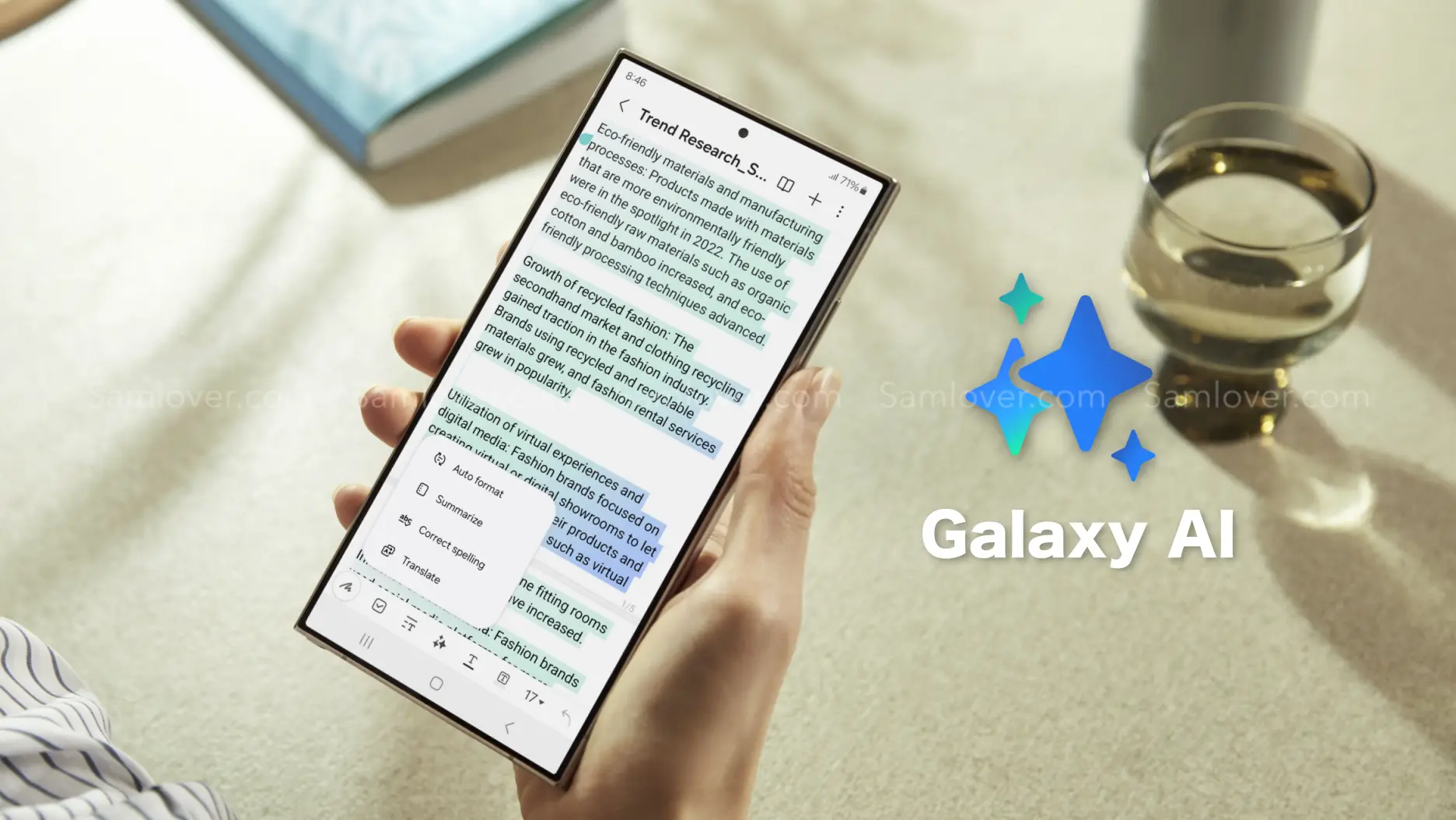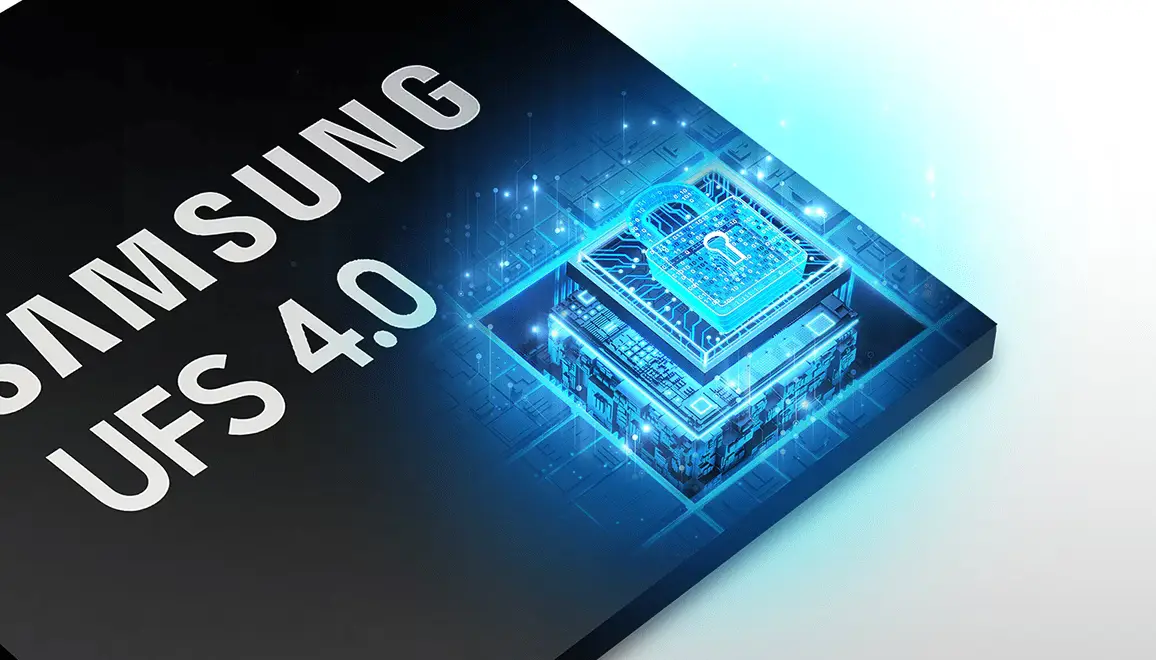Tech
Samsung supplying display panels for the Pixel 7 Pro that will make it even brighter
Yesterday, a leak was released about the Google Pixel 7 series that will use a newer display from Samsung. Google will be using the Tensor 2 SoC, which is also based on Samsung’s Exynos architecture, i.e., the same cores built on Samsung’s 5nm LPE manufacturing process. Although, Tenser 2 will use Google’s ML module, meaning it will use machine learning which google explains as it will do now what ML can do in the future, which implies AI capabilities. Google also mentions the use of Heterogeneous computing, which refers to systems that use more than one kind of processor or core. This information was given by one user with a connection to the Google News-Telegram group.
Technicalities Explained:
Samsung “S6E3HC3” was the codename for Google pixel 6 Pro; now, the leaked information in the logs suggests using an upgraded “S6E3HC4” Samsung display. The Samsung S6E3HC4 display that will be used in the Pixel 7 Pro. While the new Samsung S6E3HC4 display will retain the same resolution of 3,120 x 1,440 just as last year’s Pixel 6 Pro, there are, however, a few changes.
This display can achieve a luminosity of 600 NITS while in manual mode, which leads to 1000 NITS in HBM (high brightness mode).In addition, if the APL( a property of AMOLEDs called Average Pixel Level (APL), the number of pixels that are lit is expressed as a percent. A black screen is 0%, all-white is 100%, and a red/green/blue screen would be 33%) is set at Max HBM which means the brightness can be peaked at around 1200 NITS.
As for other specs, it is anticipated to use a screen size the same as Pixel 6 Pro’s 6.7-inch, with a variable refresh rate up to 1-120Hz. However, restrictions will be applied, leaks suggest, for 1hz is for things like the time, date, notifications, missed calls, and more or where something is not happening at all on the screen.
Conclusion:
This seems a possibility, as the OLED displays from Samsung are considered the best in the world and imply the long relationship between Google & Android from the early days of 2009-2010.
Google’s partnership with Samsung seems to be more than just collaboration but strategic.
Google needs Samsung & Samsung needs Google, as Google deals in its primary area of data services and cloud computing. On the other hand, Samsung is the largest manufacturer of Android smartphones, but both lack an almost self-dependent ecosystem like Apple’s.
The Google Pixel 7 series was one of the most talked-about at the Google I/O event on May 11, 2022, and many people are curious about that, even though there are lots of leaks, rumors, and expectations that will all be unveiled in the fall of 2022.’
Sources & References:
Tech
Google And Samsung Partnering Together On AI For Android & Galaxy Phones

Google and Samsung are coming together as their partnership goes beyond Android. On one side, Pixel smartphone devices use Samsung-manufactured Tensor chips; on the other hand, Smsung’s flagship Galaxy smartphones have AI features, like Circle to Search, noticeably before even the Pixel 8 series got this novelty.
In the report it is being unveiled, Rick Osteroh, SVP of platforms and devices at Google, stated that the brand’s “partnership has never been stronger.” A post on X shared by @rosterloh pointed to a positive meeting between TM Roh and @SamsungMobile leadership. It highlights a strong partnership between both and excitement about future collaborations, particularly in the area of AI.
Following the statement, he also attached a selfie with TM Roh, president and head of MX Business at Samsung Electronics.
Then, @SamsungMobile reposted Osterloh’s post and teased that both brands are actively working on expanding the functionalities of AI features for Android and Galaxy devices to enhance Galaxy experiences.
Google has already announced at the last Galaxy Unpacked event, back in January in San Jose, that the Samsung Galaxy S24 series will use Gemini AI models to power the forthcoming AI capabilities in the applications and services built by the Korean giant. The brand also brought new functionalities for Google Messages and Android Auto, powered by Gemini Nano.
For enhancing the summarizing facility, Samsung’s Smarter Notes, Voice Recorder, and Keyboard applications use the AI model Gemini Pro, whereas the Galaxy S24 series smartphones use Imagen 2 text-to-image technology to offer “Generative Edit” features in the Gallery application for upgrading photo editing.
Tech
Samsung Laptops Might Embrace Qualcomm’s New Snapdragon X Chip

Finally, Qualcomm has debuted its new ARM-based processor, the Snapdragon X Plus, designed for laptops. We anticipate Samsung to incorporate this chipset into its upcoming laptops.
However, this new chipset appears a bit below the company’s high-end laptop chipset, the Snapdragon X Elite, which was unveiled a few months ago and is expected to be used in Samsung’s forthcoming Galaxy Book 4 Edge.
The Snapdragon X Plus is a 4nm chip with a 10-core CPU. The Snapdragon X Elite and this newly launched chipset use the same Oryon CPU cores. This chipset is expected to be used in more affordable laptops running on the Windows OS. The CPU of this chipset operates at 3.4GHz, while the Snapdragon X Elite clocks at 3.8GHz.
Snapdragon X Plus’ integrated Adreno GPU has 3.8 TFLOPS of power, which could be equivalent to the Intel Core Ultra 7 series. The noticeable thing that remained constant in this new chipset is its NPU, which still offers 45 TOPS performance for on-device AI inference, similar to the Snapdragon X Elite.

This qualifies the chip as an AI chip, according to Microsoft Copilot’s minimum requirement of 40 TOPS. The brand has assured that the Snapdragon X Plus delivers 10% faster CPU performance than Apple’s M3 chipset while running at the same power. On the other hand, the Snapdragon chip claims to be 37% faster at the same wattage as the Intel Core Ultra 7 155H. This chip is expected to appear in laptops and will debut in the second half of this year.
Previously, Samsung has used Qualcomm’s top-of-the-line and mid-range Snapdragon chipset in its ARM laptops, and the giant has already unveiled that the forthcoming Galaxy Book 4 Edge will use the Snapdragon X Elite. Given this fact, it is quite possible that the brand could launch a more affordable Galaxy Book 4 series laptop with the Snapdragon X Plus.
Tech
Here’s The Key Fact Why UFS 4.0 Memory Just Got Faster

The fact is, other storage facilities can’t replace the device’s local storage; it remains an essential factor yet.
Despite cloud storage, smartphone storage remains crucial, and UFS 4.0 makes phone storage faster than ever before, but the fact is there is always room for improvement. The latest UFS chipsets run at the same speed as an SSD; however, a brand founded by Toshiba has managed to make the UFS 4.0 standard even more efficient.
Kioxia is a Japanese multinational computer memory manufacturer that develops, produces, and sells flash memory and SSDs, and now it has recently introduced chips that arrive with storage capacities of 256 GB, 512 GB, and 1 TB.
Kioxia Revs Up UFS 4.0 Memory Standard
The brand has now revealed the THGJFMT1E45BATV, THGJFMT2E46BATV, and THGJFMT3E86BATZ chips that offer 50% faster random writing in an 18% smaller area. The chips have their particular size based on their storage capacities, which are mentioned below:
- 256GB and 512GB chips: 9.0 x 13.0. x 0.8mm
- 1TB chip: 9.0 x 13.0 x 0.9mm
Kioxia has equipped the new UFS 4.0 chips with BiCS Flash 3D NAND, making them 18% smaller as compared to the previously announced 11 x 13mm chips. The write speed of the new UFS chips has been boosted by 15%, and the random write speed has increased by as much as 50%, with a 30% rise in random read speed as well, although the maximum read limit remains unchanged at 4.640 MB/s.
It is also announced that the production of the 256GB and 512GB variants of these new UFS chips will begin by the end of this month, whereas the 1TB variant will go into production in June.












